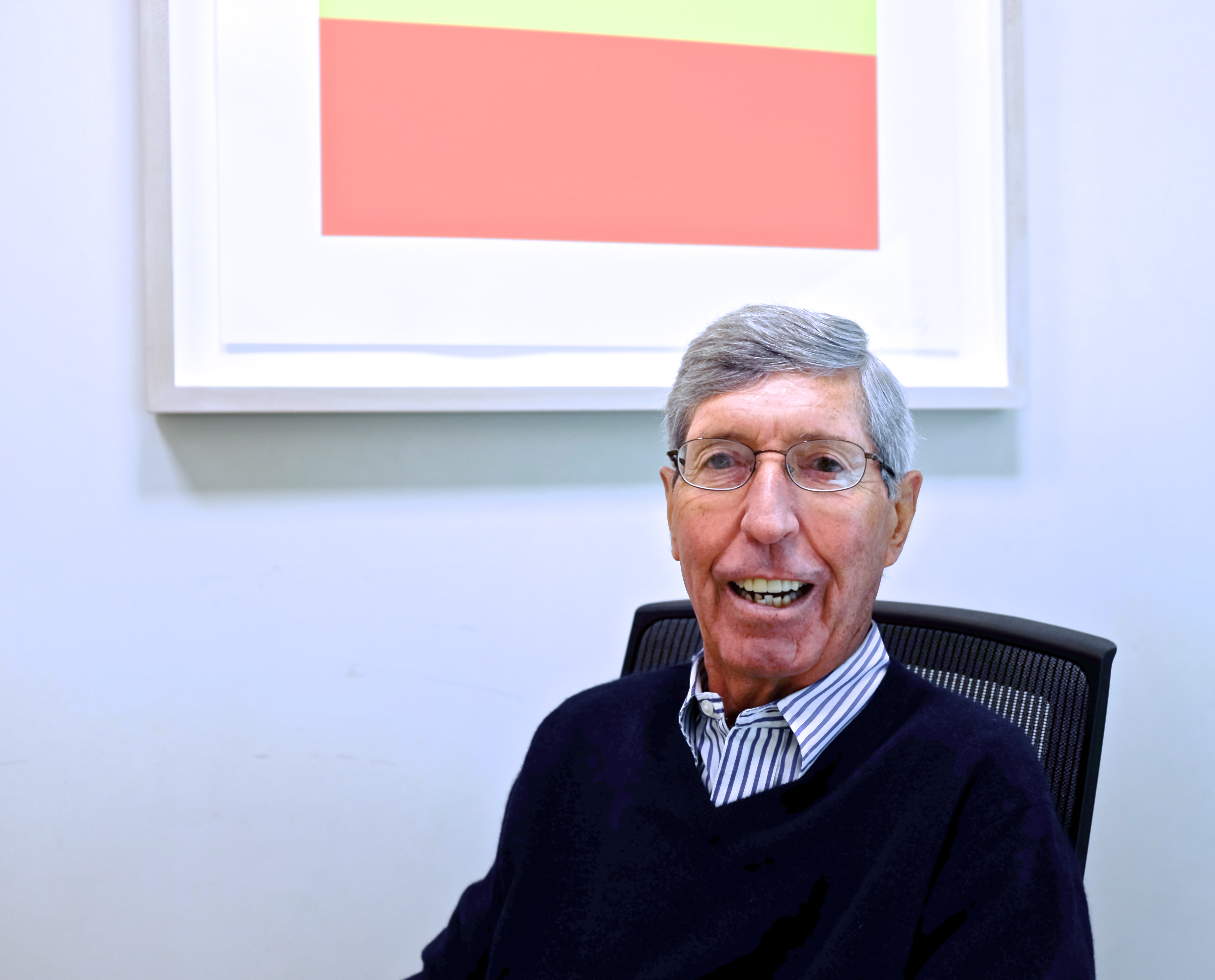BY MICHAEL V. COPELAND
Bill Krause admits his career plan sounds a bit more orderly now than it really was. An electrical engineering graduate from The Citadel in 1963, Krause figured he’d break down his work life into 15-year blocks. The first was learning about business, which Krause did under the tutelage of none other than Bill Hewlett at (naturally) Hewlett Packard. The second was building a business. With his partner Bob Metcalfe, Krause founded networking pioneer 3Com in 1981 and brought Ethernet to the world. He ran the company as CEO for 12 years, and executive chairman for another three.
Which puts Krause into the third part of his career. He describes it as his giving back phase. It’s in that capacity that Krause is joining the a16z team as a Special Advisor.
Krause has been a part of Silicon Valley since the earliest days of the computer. He was the first “digital sales engineer” at HP, before they dared call what they were selling a computer. Thanks to 3Com, PCs became much more than isolated islands of transistors. And Ethernet? You know you love it, especially when the Wi-Fi goes sideways.
As a CEO Krause has seen it all – the glory, and the glorious mistakes – many, many times. After years of sitting on the boards of large public companies, Krause had a hankering to also get back into startups and help the next generation of entrepreneurs achieve their dreams of building great companies.
That is what he will be doing for Andreessen Horowitz. “Nothing would be more satisfying to me then to be able to contribute to a young entrepreneur’s success over time,” Krause says. “Consider me a startup CEO’s sidekick.” Sure, if Batman’s sidekick was another Batman.
If you have Krause around you can’t help but dig into some of the formative companies and characters of Silicon Valley. In an environment that too often looks only a few months ahead, it’s invaluable to involve Krause, who brings the long-view into the conversation.
So we sat down with Krause, and did just that. (more…)
-

Bill Krause is a board partner.
- Follow
-
Michael Copeland LinkedIn


